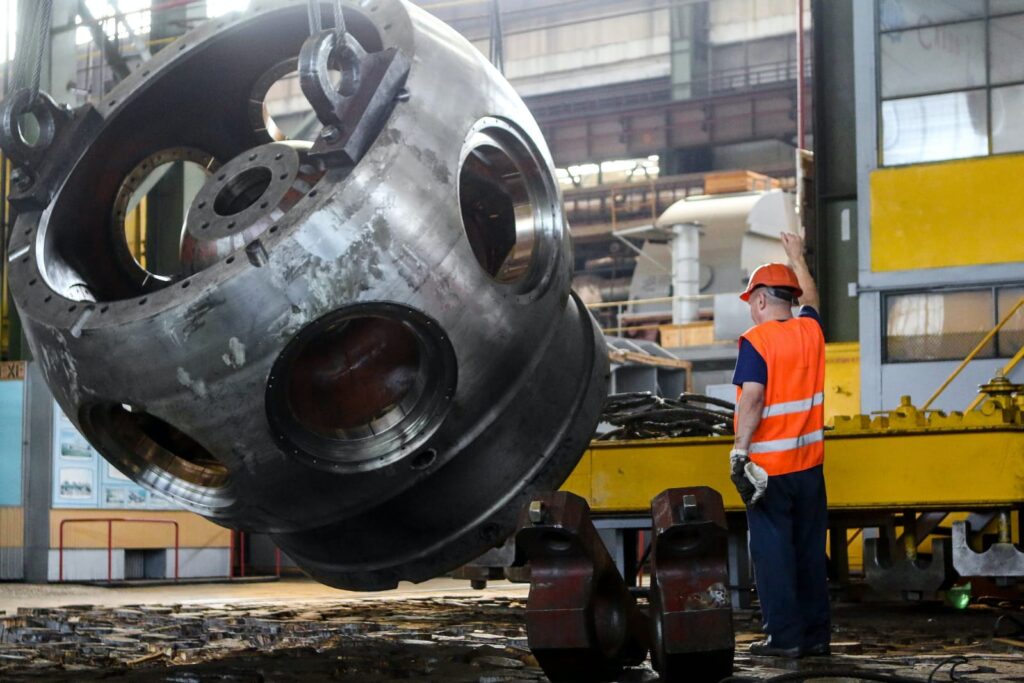
Ensuring worker safety should be a top priority for any industrial facility. Industrial sites contain heavy machinery, hazardous materials, and other inherent dangers. Facilities must implement comprehensive Industrial Safety plans and procedures to protect employees from harm. Though specific risks vary by industry, several key safety measures apply across all manufacturing, construction, energy, and other industrial workplaces.
At a minimum, all industrial facilities need clear, written safety policies that are easily accessible to all staff. These policies should cover the protocols for operating equipment safely, handling dangerous materials properly, reporting incidents, and addressing other site-specific hazards. For example, a construction firm may detail fall protection rules while a lab outlines procedures for spills of toxic substances. Along with strong policies, the management team must actively promote a culture emphasizing safety from the top down.
Safety Training
Facilities also require thorough training to ensure employees follow safety rules. Instruction should match workers’ assigned tasks and cover both normal operating procedures plus emergency response. A combination of classroom and hands-on teaching often works best. Companies need to document all training and provide refresher sessions regularly.

Hazard Controls
In addition, industrial plants need controls engineering to eliminate or reduce hazards. This can mean installing machine guarding, implementing interlocks, using less risky alternative substances, and other measures. Where risks cannot be completely engineered out, administrative controls like rotating workers or limiting exposure times can help.
Personal Protective Equipment
The use of personal protective equipment (PPE) also helps mitigate workplace dangers. Safety gloves allow factory workers to handle machinery and hot materials. Hard hats prevent injuries from impacts, falling objects, and blows to the head. Reflective vests ensure vehicle operators can see workers. Well-designed PPE tailored to each role reduces accidents and long-term health issues in sectors prone to occupational injuries and illnesses. Employers mandating proper use of tested, OSHA-approved PPE play a key part in safeguarding industrial personnel.
Inspections and Maintenance
Furthermore, facility safety demands maintenance and inspection routines for both physical plant and organizational systems. Preventative upkeep averts equipment failure-related accidents while auditing confirms policies and rules are working as intended. Managers can leverage checklists and schedules to promote consistency in these vital areas.
Emergency Preparedness
Being prepared before disaster strikes is always the best option. Facilities need to make these preparations a priority. Industrial operators need response plans detailing how to handle different contingency scenarios. This includes assigning roles and responsibilities plus steps for evacuation, containment, contacting emergency services, and more. Drills should test readiness regularly.
Incident Reporting
Finally, firms need reporting procedures for all safety incidents even if no one gets hurt. Tracking close calls and minor accidents helps identify vulnerabilities before a tragedy occurs. A robust incident reporting process combined with vigorous root cause analysis drives continual safety improvements over time.
Implementing these fundamental safeguards requires significant resources and commitment. However, the payoff in fewer injuries, reduced liability, greater productivity, and higher staff morale make workplace safety well worth the investment. By being proactive and comprehensive when it comes to worker health, industrial employers can fulfill both their legal obligations and ethical duties to employees.
I am an accomplished tech writer with a passion for simplifying complex technology concepts. With a background in Tech, James has dedicated their career to making the intricacies of the digital world accessible to a broad audience.








